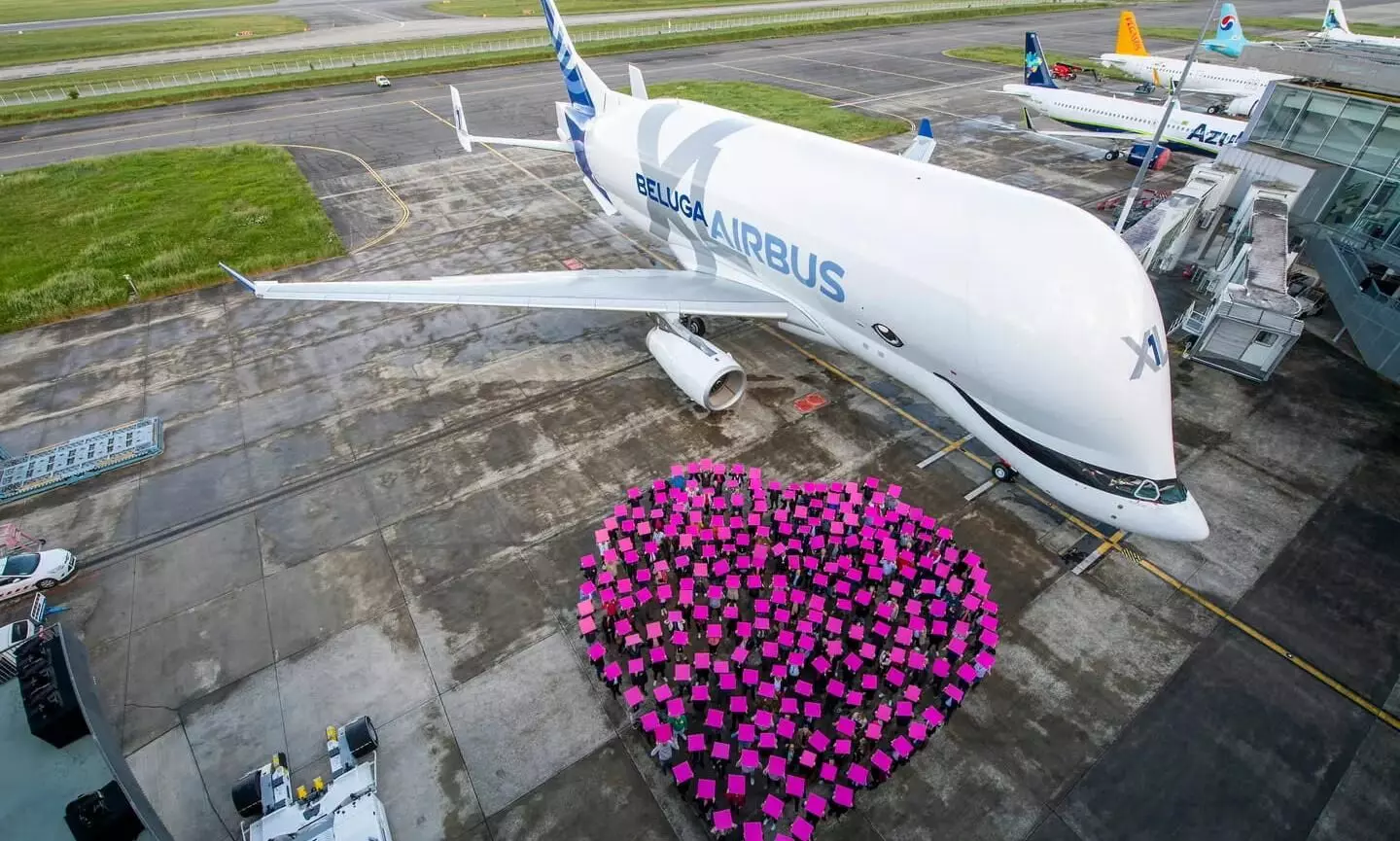
Airbus completes BelugaXL Fleet with sixth and final aircraft
In June 2024, the final BelugaXL aircraft entered into service, marking the successful conclusion of the BelugaXL programme that was initiated in 2014.

The final BelugaXL (BXL) has recently joined five of its siblings at Airbus Transport International (ATI) after initially serving as a test platform since its first flight in 2018. BXL, a successor to the A300-600ST' Beluga,' offers a 30% increase in payload capacity, enhancing Airbus' industrial capabilities. These six airlifters, all assembled in Toulouse, France, play a central role in the company's efforts to accelerate production ramp-up by transporting sub-assemblies and components between Airbus' European manufacturing sites.
Bertrand George, head of the BelugaXL programme, highlighted the significant effort behind the programme. "We created the BelugaXL, but also what we called the BXL spirit – making the impossible possible," George remarked. "Our instructions were to halve the BXL's original development cost and deliver the first aircraft – certified as a normal A330ceo – within five years." Despite the challenges, all six aircraft were certified and delivered on time.
BXL was developed using parts, equipment, and design principles from other Airbus platforms, which allowed for a rapid development process from concept to first flight within five years. "Fortunately, we had carte blanche to explore novel approaches to make it happen. Those experiences will be beneficial to future programmes in all of Airbus' businesses," George stated in an official release.
Airbus's internal airline, ATI, has operated the BXL fleet since 1996. These aircraft have a payload capacity of 51 tonnes and a range of 2,200 nautical miles. They can carry the largest fuselage section of the Airbus A350 and transport two of its 30-meter-long wings, which the previous A300-600ST aircraft could not perform. Specially designed loading facilities in France, Germany, Spain, and the UK enable each mission to have an average turnaround time of 70 minutes.
Airbus' BXL fleet is aligned with the company's sustainability goals as it aims to increase its use of sustainable aviation fuel (SAF). In 2023, over half of the fleet's fuel consumption was SAF, and by 2030, Airbus plaBelugaXL'sr all its internal air operations using SAF. The larger capacity of the BelugaXL means fewer flights are needed, leading to a reduction in carbon emissions. Airbus Transport International (ATI) anticipates a 20% decrease in carbon emissions by 2024 compared to 2019, while transporting approximately 5% more payload.
ATI’s BXL fleet is expected to reach 9,500 flight hours annually by 2027, up from the planned 6,500 flight hours in 2024. Reflecting on the journey, George said, "What was a truck in the morning was an aircraft by the afternoon. You see the work of thousands of people and thousands of hours taking flight in front of your eyes."
Airbus is decommissioning the production infrastructure for the BXL, but the completion of this fleet ensures that these aircraft will remain vital for at least the next thirty years. They embody the 'Beluga spirit' and signify Airbus' dedication to innovation and sustainability.

